Tune in as we share real-talk conversations between women working in CX and those influencing the CX agenda from the periphery too.

‘Does your CX/EX leave a bad taste in people’s mouths?’, with Sandra Thompson
In episode #701, Sandra Thompson details all about her “highly sensory” employee experience workshop and how, through a game of bean roulette, she served up a stark reminder to us all about the taste we leave in customers/employees’ mouths.
As well as highlighting the importance of psychological safety and the significant impact that our actions have on others, Sandra shares her thoughts on the current state of CX, her predictions for 2024 and explains why brushing up on our business acumen is key if we’re to influence the agenda.

Clare Muscutt talks with Christine Hemphill about the benefits of inclusive research and design.
“All complex problems are solvable when you really understand the flow of value to the person being designed for […] it makes the complexity start to fall away quite quickly because you’ve got something to anchor in that is very real.”

Clare Muscutt talks with Marina Bezuglova about the connection between well-being and customer and employee experience.
“All of us are people, and if on a personal level, we don't follow principles or values of health and well-being, it’s very difficult to build a corporate culture of well-being in our companies. So, I believe that personal and organisational are very much related.”

Clare Muscutt talks with Sonia Etxebarria about the importance of understanding users in experience design.
“It's true that one of the biggest fears is when you decide that you want to do things differently, you don't want to be in a system where you're stuck to two walls, especially when you become freelance and you say, from now on, I just depend on myself.”

Clare Muscutt talks with Susannah Simmons about removing barriers to adoption during digital transformation by considering user well-being.
“P is the positive emotion, but that's short-lived. What we want is that lasting impact. So, we want to be thinking about other elements of well-being that will help our products and services have that lasting, ongoing impact that means people love using them.”


